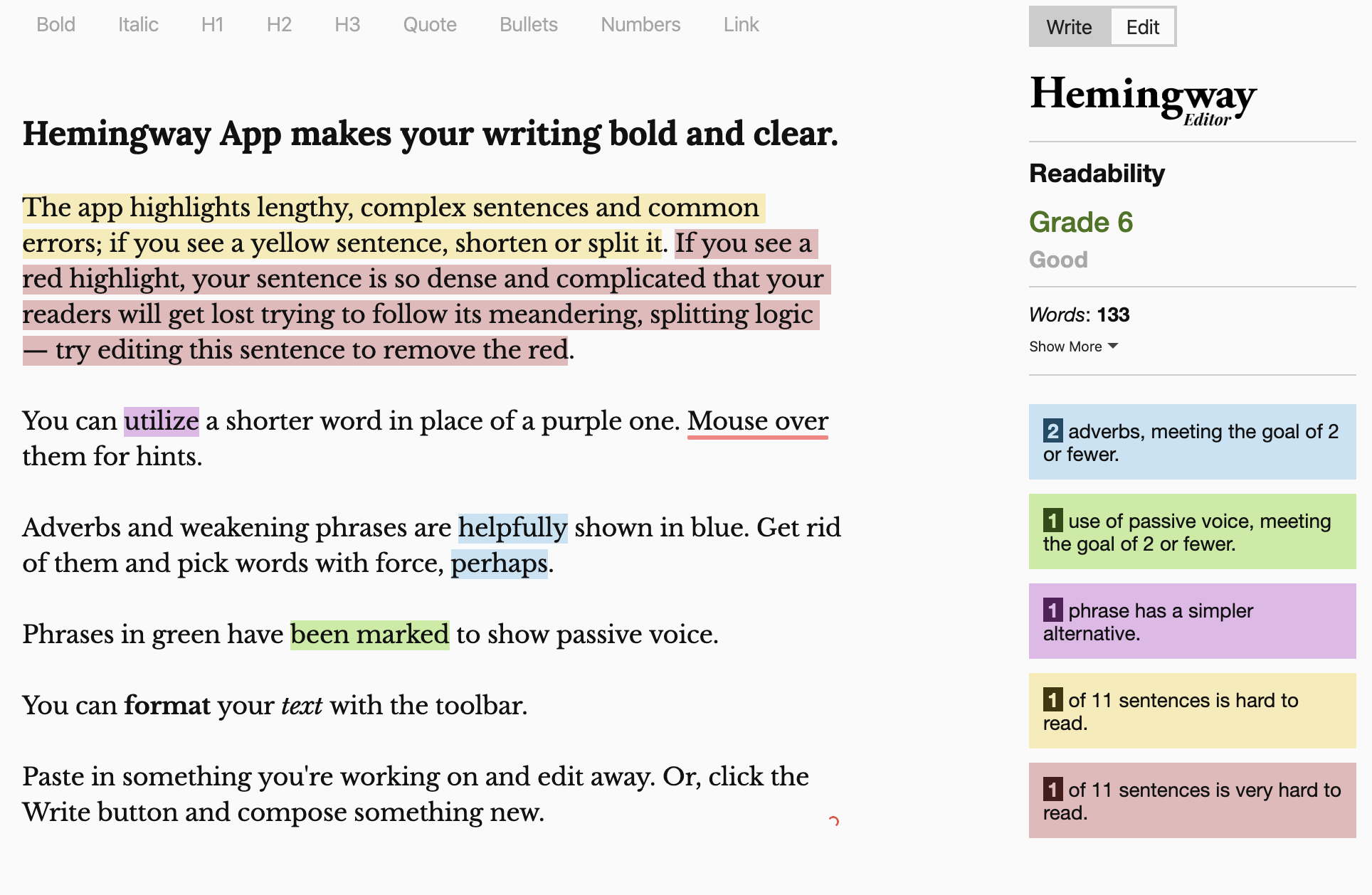
How to optimise your study this trimester
Are you a good online student?
Whether it’s studying on your bed, colour coordinating every dot point, or listening to your lectures while you sweat it off on the treadmill, everyone has a different way of learning. With online study becoming increasingly popular for many students, one must ask… am I a good online student, or should I stick to showing up to my lectures and tutorials?
Fear not! We’ve done a deep dive and have uncovered the top tips and tricks in optimising your digital study space – and just study in general 💪🏼
Step 1: Blocking your distractions – it’s time to go cold turkey
So, you’ve set yourself up in the cozy corner in the library with a giant cup of coffee and you’re ready to divulge into this week’s course work. Sounds pretty productive right?! But, quiet study spaces are quite often victims of distractions, especially online ones.
The three main culprits to distraction in an online study environment are going to be
- Games
- Your mobile phone
- The internet
There are some great apps you can use to help you minimise these distractions:
Flipd is an app on your phone that helps to train your brain to be focused and present. This app is jampacked full of ways to help you focus. Flipd has a function within the app that allows you to choose a certain amount of time you want zero distractions and it will delete all your apps (except for the emergency ones like call and text), so you can say adios to your social media apps until the timer ends and you’ve successfully completed an hour of study with no distractions – congrats! (trust us it gets easier the more you do it). The app also has music and mindfulness functions too, so if it hasn’t been downloaded on your phone yet – what are you waiting for!
A great app for your laptop is SelfControl. It’s a free and open-source application for macOS and lets you block your own access to distracting websites, mail servers or anything else on the internet – avid Youtube and Netflix watchers I’m looking at you. 👀 For those who don’t own a mac, Cold Turkey is a good alternative.
If the idea of blocking apps for hours at a time is making you already feel nervous about not being able to scroll Insta after every paragraph you write in a essay, then Forest is the app for you! This app trains self-control. Whenever you want to focus, you plant a tree and it will grow in the following time. But if you leave the app for too long, the tree dies. Over time you can build a Forest with each tree representing your focused time. ⏱🌳
Now that you have cleared away online distractions you’re going to want the perfect playlist to get your mind working! The type of music we enjoy listening to differs from person to person… which leads us to…
Step 2: What is your study soundtrack?
My absolute favourite playlist on Spotify for studying is Lowfi Hip Hop. Low-fi tracks add a white noise element along with some funky beats that help keep me energised but focused on assessments. They are also good for sleeping but let’s not mix up our priorities here!
Some people swear by classical music when they study and there is a plethora of this on Spotify for you to choose from! Our favourite is Classical Concentration, because if babies can listen to Beethoven and get smarter, so should we!
For those who enjoy non-lyrical music, these playlists are seriously relaxing to study to Instrumental Study and Peaceful Piano.
Have you ever tried to write a 3000-word essay to the soundtrack from the Pirates of the Caribbean movie? If not, you’re missing out! There are playlists out there that have the musical scores from your favourite movies, video games, and tv shows, and they are surprisingly good to listen to while you get those assessments done!
Check out Study Soundtrack and Movie Scores Study.
Also, for those who love upbeat songs to pump out that bibliography no one enjoys doing – Pop Study is the one for you. We also love Study Vibes and ESM ‘Electronic Study Music’ – these ones work wonders during your all-nighters. #TrustMe
And finally, the best for last! Tune!FM your student-powered radio station at UNE! Their program is tailored for our online students, and fun fact – Tune has one of the biggest music collections in the Southern Hemisphere, they have something for everyone! Listen online or tune into FM 106.9MHz.
Step 3: Note-taking in the 21st Century
Sometimes you might feel pretty rare to be the only person in the tutorial who is taking notes with a pen and notebook. Note-taking apps are the equivalent of notebooks, but allow you to do so much more than what a pen and paper ever could. Note-taking apps include text search, the ability to add pictures, audio or other files, and really make revision later on so much easier!
Microsoft OneNote has so many features that it makes note-taking an enjoyable experience! For all those lovers of organisation, you will love this program! OneNote lets you add images, create checklists, and draw sketches (just to name a few elements). Our favourite part of this app is that it can scan and upload images of handwriting. Meaning, if you added a photo written notes on a whiteboard, Microsoft’s optical character recognition makes the writing searchable. Oh, and it’s also free – bingo! 🤗
Simplenote is true to its name. It provides a pure minimalist performance in note-taking. Simplenote can run in any browser and is completely free with no subscription plans. If you’re after the no-frills note taking experience, this is the one for you.
Notion provides so many fantastic features. The app allows you to take notes, create tasks and projects, spreadsheets and databases. You’ll also be able to access your notes across your compatible devices. It is a fantastic app for group projects as it gives you the ability to share relevant notes for a team project. Notion offers a free plan, however, there is a limit to how many ‘blocks’ or notes you can have and if you do reach the 1,000 block limit then you’ll want to purchase the Team Plan for extensive note-taking.
Top tip The Shop just launched eBooks too! The platform hosts a free eBook app, that you can do all of the above, plus your lectures can add notes into specific parts of the text – if you can’t find your recommended text, just ask the friendly team and they’ll see if they can get it for you!
Step 4: Free apps to give you better marks
Are you constantly getting feedback from your lectures saying your grammar and editing could be improved? Unless you have taken WRIT101, you’ll probably be wondering where you can get some help in editing your assessments.
The Hemmingway Editor is your new best friend! The app allows you to paste your essays in the program and it will highlight any complex sentences and common errors. It also picks up grammatical errors like weak phrases, adverbs, and passive voice.

Grammarly is very similar to the Hemmingway Editor, except it’s constantly with you whenever you are writing (but not in a clingy way). Grammarly offers a real-time interface through basically any platform on your phone, laptop or tablet. The app can save you from misspellings, grammatical and punctuation mistakes, and other writing issues on all your websites so that you are always sounding as polished as possible. It integrates with email, word docs, WordPress – you name it!
Some other options in the editing application lane can be found through this blog here.
Now that you are armed with the right apps and programs to kill distractions, optimise your notes, and conquer your spelling and grammar, there is nothing stopping you from acing those online units! Good luck with trimester 1!
If you’re having trouble with your studies, get in touch with the team at Advocacy & Welfare.
The team offer independent and confidential advice and can point you in the right direction for support services that best suit your circumstances.
Contact the team: advocacy@une.edu.au
Instagram: @AdvocacyWelfare
Facebook: AdvocacyWelfareUNE


